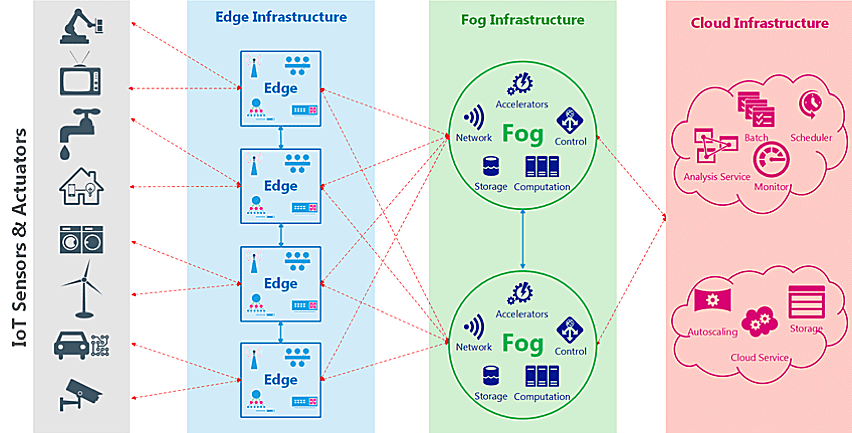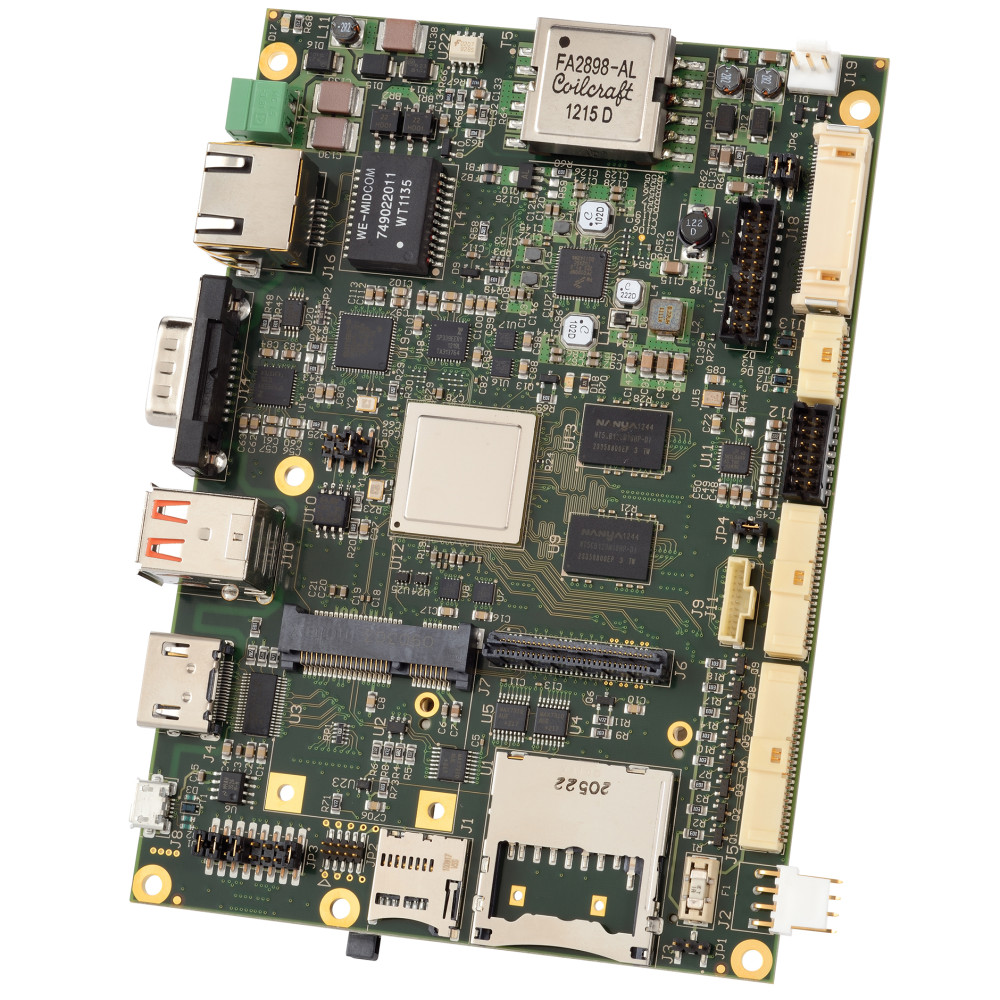
In the Industrial IoT (IIoT), the Cloud acts as the upper-level data storage and analytics engine that can be accessed directly or indirectly by the IIoT’s Edge nodes. While this may seem like a straightforward process, it can be rather complex.

The Edge is where the sensors lie and where real-time processing and decisions occur. Furthermore, initial data processing can occur to only pass transactional, unique, or exception data upstream reducing network traffic, especially when a cellular medium is used to send that data.
The Fog is a local location where data can be collected and processed. It connects the data from numerous Edge devices and permits deterministic decisions for the overall system. In addition, the Fog determines whether the data should be processed locally or if that needs to occur in the Cloud. An important aspect of this decision is where other data that must be considered, resides.
What then happens in the Cloud? Essentially, the Cloud takes all of the information collected from a vast number of computing systems and stores it in one or multiple databases. It processes the information, performs any required analytics, and sends information back to the Edge so an action can occur. The Cloud also allows disparate Edge nodes to share information and trigger return data for local use. It also allows remote actions to be coordinated and/or monitored.
One common example of this configuration is the traditional gas station. At the Edge, the user selects a grade of gas and a payment type. This information is sent to the Fog, which likely resides on-premise, where gas pumps can be controlled, payments can be accepted, and fuel tank levels can be monitored. Some of the information must go to the Cloud, particularly the payment data, so the pumps can be told whether or not to operate.
There are various interfaces between the layers, some being wired and others being wireless. The medium of choice is determined by the use case. All are valid and all can be secured. Obviously, keeping data locally provides the highest level of security.
One caveat here is that the wireless medium, the one that’s often used to send data to the Cloud, is fraught with issues. Namely, wireless can be slow, it’s a security risk, and it can be expensive if cellular is deployed. For these latter reasons, many users are opting to have their data go no further than the Fog and thereby remaining within the confines of the business. Clearly, there are places where there is no option but to go to the Cloud, but whenever possible, that last layer is either being eliminated or used less often.

WINSYSTEMS designs a number of single-board computers that play a big role in helping to process information through these IIoT systems. For example, the SBC35-C398 and SBC35-427 single-board computers both come equipped with the features needed to operate at the Edge and/or the Fog. The SBC35-C398 is a quad-core single-board computer that blends high-performance multimedia graphics with a mix of industrial I/O. It’s designed for demanding graphical applications in security, transportation, medical, and digital signage.
The SBC35-427 takes advantage of Intel’s Apollo Lake-I E3900 series processor. It combines off-the-shelf functionality with multiple expansion and configuration options. Both can perform at operating temperatures of -40°C to +85°C without throttling to provide IIoT performance in the most demanding environments.
